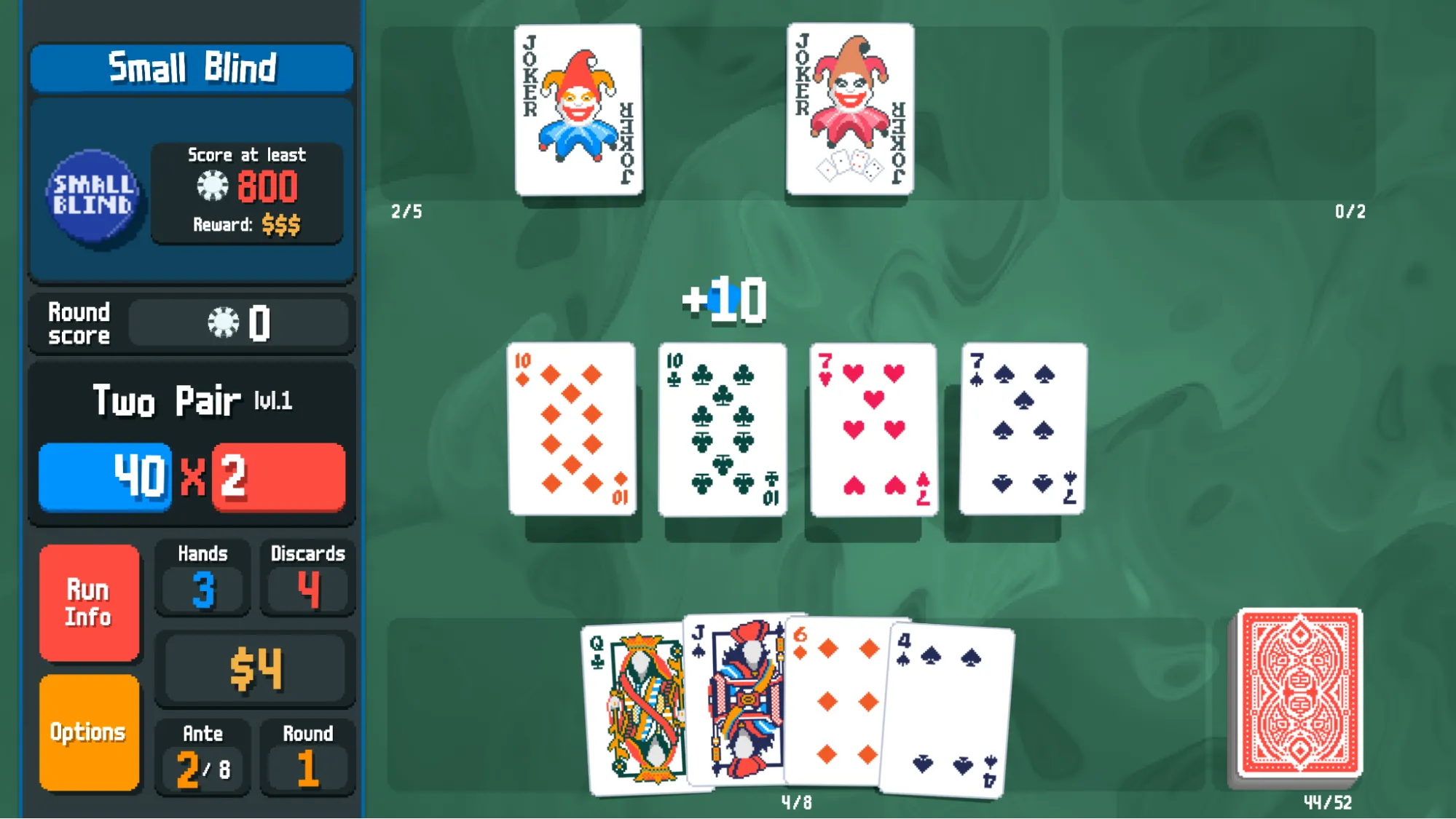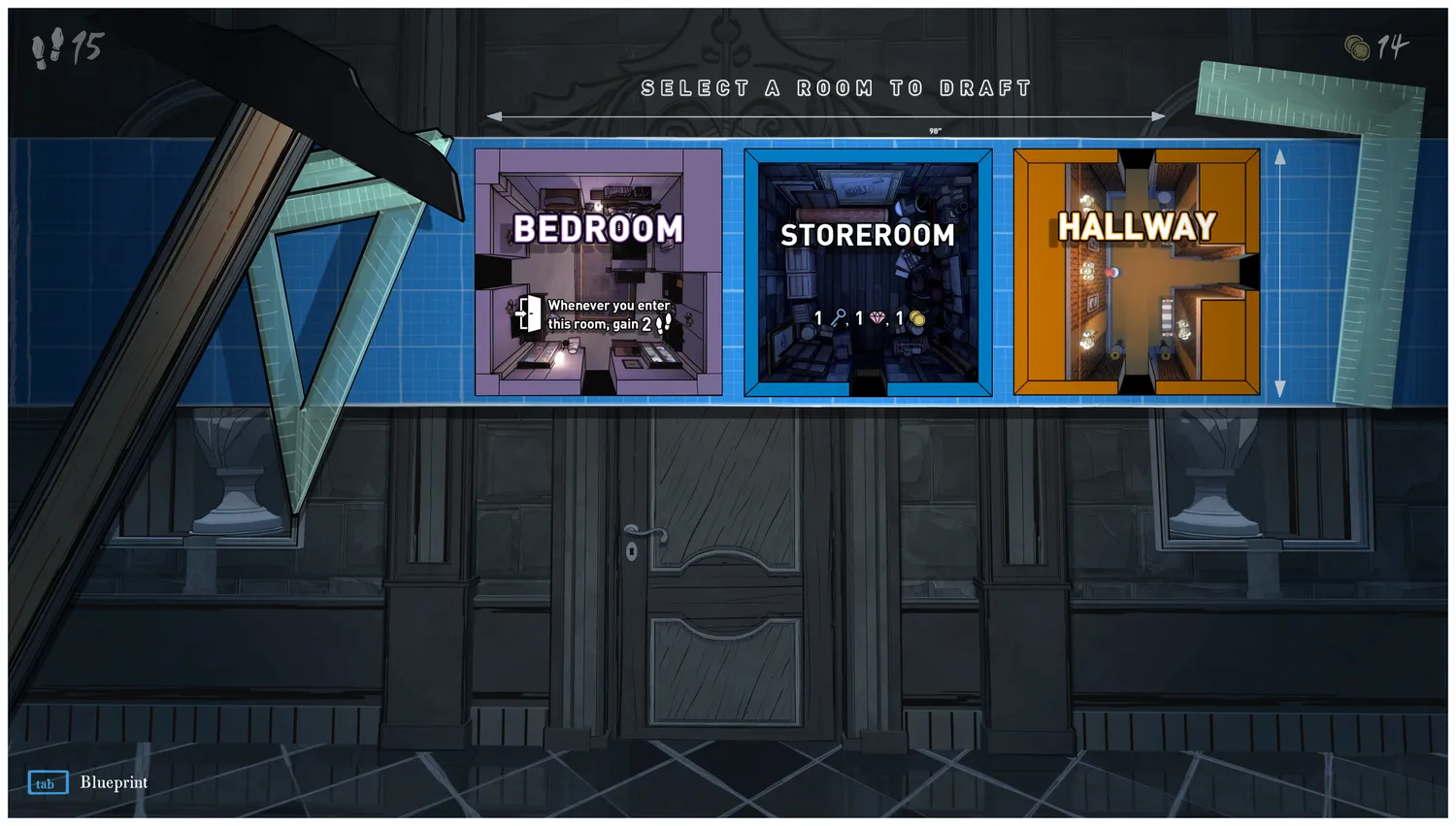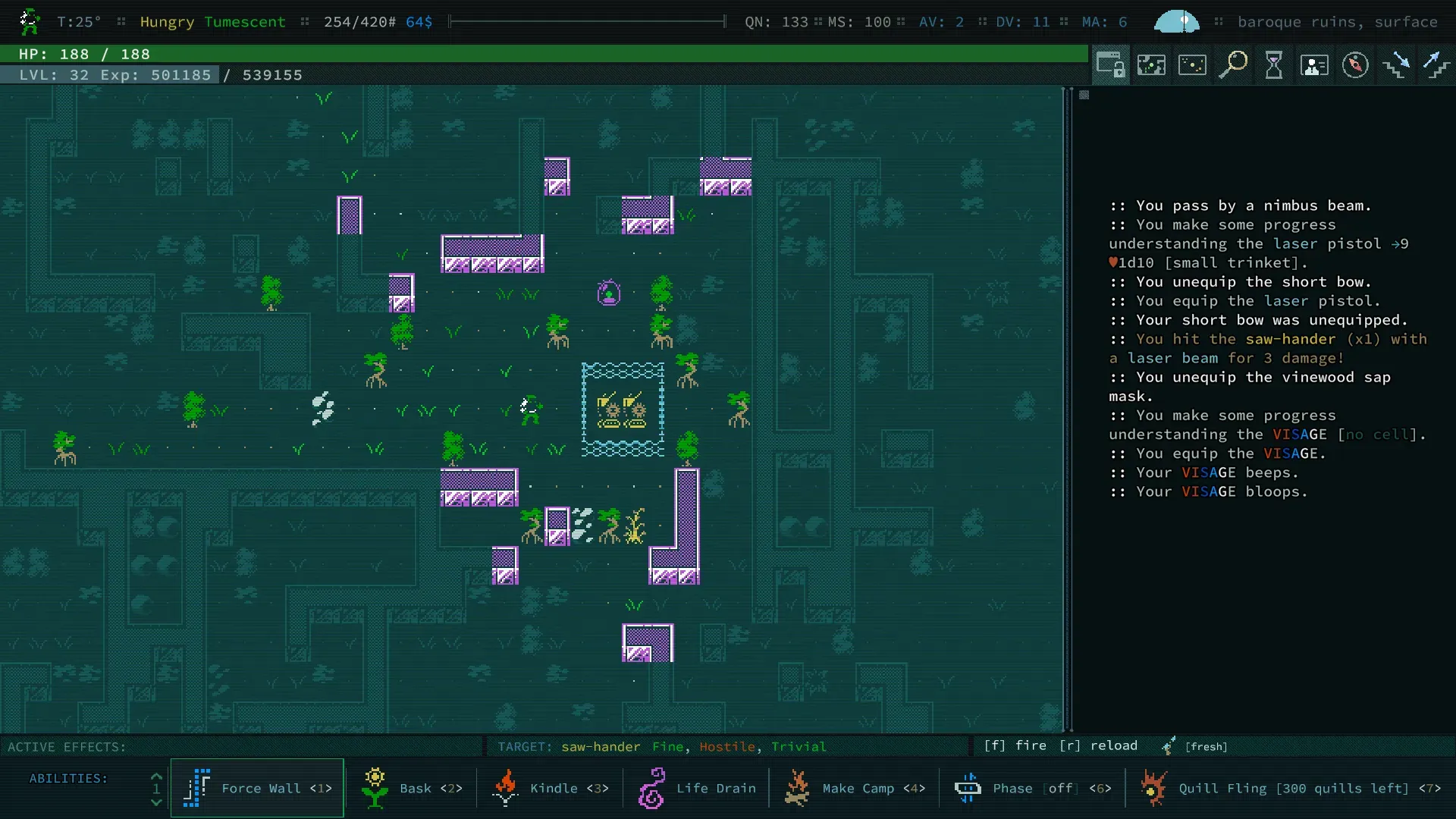Small is Beautiful — Increasing Web3 Adoption by Rethinking The Supply Side
The potential of Web3 to revolutionize numerous industries is undeniable. However, its mainstream adoption remains hampered by a perceived complexity and opaqueness of crypto ecosystems.Games, with their inherent ability to engage and captivate users, offer a unique solution. By employing gaming as an onboarding tool, we can effectively bridge the gap between technical complexity and user adoption. Blockchain founders and projects have a great affinity for big budget games and thus several multimillion projects have been funded. Let us delve into some of the issues with mega budget games. The contemporary Web3 gaming landscape is often characterized by a fascination with monumental projects boasting exorbitant budgets that attempt to stand along with big game studio, and promise AAA quality. While the ambition is admirable, or even adorable, these endeavors frequently encounter significant obstacles:
Challenges with Mega Budget Games
- Protracted Development Timelines: The sheer scope of these projects often leads to lengthy development cycles. This results in delayed releases, missing critical market windows, and potentially losing initial user enthusiasm. The anticipation that initially fuels interest can quickly wane with prolonged waiting periods.
- Escalating Financial Burdens: Large-scale projects inherently involve substantial financial commitments. Budget overruns are not uncommon, significantly increasing financial risk. This can lead to either the abandonment of promising projects or the release of compromised, incomplete versions that fail to meet expectations.
- Unfulfilled Grandiose Promises: To secure funding and generate hype, these projects often make lofty promises of revolutionary features and functionalities. When the final product falls short of these exaggerated claims, user disappointment and backlash are inevitable, damaging the overall perception of Web3 gaming.
- Vulnerability to Technological Obsolescence: The rapid pace of technological advancement poses a significant challenge, especially in graphics and game engines. Extended development times make these projects vulnerable to technological obsolescence. By the time the game is launched, the underlying technology might be outdated, turning cutting-edge graphics into a pedestrian, ho-hum, no-hoopla event.
Challenges of Massively Multiplayer Online (MMO) Games in Web3
Massively Multiplayer Online (MMO) games and worlds hold significant appeal but present a unique set of challenges within the Web3 environment:
- Critical Dependency on Player Population: MMOs thrive on having a large, active player base. Engagement and the overall experience are directly proportional to the number of players interacting within the game world. Sustaining a vibrant community is paramount.
- The Looming Threat of "Ghost Towns": A lack of sufficient players leads to barren, lifeless game worlds. This "ghost town" effect can be profoundly detrimental, discouraging new users and prompting existing players to abandon the game.
- Substantial Operational and Maintenance Costs: Maintaining infrastructure, servers, and networks required to support large-scale MMOs can be prohibitively expensive. These ongoing costs strain resources and impact quality of service.
The cryptocurrency market's inherent four-year cycle, driven by Bitcoin's halving events, profoundly impacts game development. Halvings lead to booms and busts, forcing studios to hit a narrow launch window or endure years of low funding and interest. Timing is critical.
A Paradigm Shift: Embracing Indie Development
The traditional gaming industry has witnessed the remarkable success of the indie game movement. Indie developers, operating outside corporate constraints, have made huge impacts by:
- Adopting Lean Budgets and Prioritizing Creativity: : Indie developers typically operate with limited financial resources. This constraint often fosters creative problem-solving and encourages a focus on innovative gameplay mechanics and unique artistic visions, rather than relying solely on high-end graphics.
- Cultivating Genre Diversity and Player Choice: The indie scene is renowned for its diversity. Indie developers explore a wide array of genres, styles, and gameplay approaches, catering to niche markets and diverse player preferences. This variety injects vibrancy and originality into the gaming landscape.
- Coding Digital Poetry: Driven by genuine passion, indie games frequently arise from deeply personal projects. Developers invest themselves entirely, creating intensely engaging and unique experiences. This leads to games truly made by gamers, for gamers, embodying a form of digital poetry in their development
Adapting the Indie Model to Web3 Gaming
Web3 can strategically leverage indie game principles to drive growth:
- Funding a Plethora of Smaller Projects: Instead of concentrating substantial funds into a select few major games, we should adopt a broader approach by investing in numerous smaller projects with budgets of $100k+. This diversified approach significantly reduces financial risk and maximizes the potential for innovation.
- Offering Attractive Prizes and Incentives: Providing meaningful prizes and incentives can motivate developers to participate in game jams and contribute to the Web3 gaming ecosystem. Recognition and rewards attract talent and elevate the overall quality of submissions.
- Creative Exercise with Deadlines: To cultivate rapid development and creative thinking, organize game jams. These collaborative, time-restricted events encourage innovative ideas and experimentation. For novice developers, they offer a chance to gain experience and connections, while experienced developers can utilize them to build prototypes for future projects.
This approach provides:
- Diverse Portfolio of Games: By spreading investments across a multitude of projects, the risk associated with any individual project failure is significantly mitigated. This diversification approach enhances the overall resilience of the Web3 gaming sector.
- Flourishing Innovation: Smaller projects provide fertile ground for experimentation and the creation of unique game experiences. With fewer bureaucratic hurdles and financial pressures, developers can take bold risks and explore novel ideas.
- Accelerated Development Cycles: Smaller project scopes allow for faster development timelines. This enables quicker releases, quicker feedback loops from players, and the ability to adapt to changing market conditions more readily.
- Vibrant Indie Community: This approach directly supports indie developers, providing them with the financial and creative freedom they need to thrive. A robust indie community is essential for a dynamic and sustainable Web3 gaming ecosystem.
Practical Applications of Simpler Games in Web3
Blockchain projects face a significant challenge of rewarding genuine loyal users with airdrops and other incentives and not sophisticated botnets:
- Invasive Solutions: Current attempts often clash with the core tenets of crypto culture. Solutions requiring users to dox themselves with government IDs directly contradict the privacy ethos championed by figures like Satoshi Nakamoto.
- Whales Only: Other common methods, such as analyzing high transaction volume, multi-chain activity, large staking amounts, or holding high-value NFTs, primarily cater to "crypto whales" due to their high financial requirements. To attract a broader audience, including "crypto shrimps and crabs," more inclusive solutions are needed.
- Hardened Captcha: Our approach leverages simple, short puzzle games, similar to enhanced captchas, to identify real users. While not entirely foolproof, this method significantly deters botnet operations. Developing scripts to play a variety of these games proves cost-prohibitive for bad actors, offering a practical and accessible solution to the genuine human verification problem.
- Our Grandoku Captcha Example: In our game Grandoku, users gain the ability to mint an NFT after successfully completing the game. This provides strong evidence that the wallet interaction originates from a human player, as a bot would lack the cognitive ability to solve the puzzle, in essence a captcha of sorts.
The Strategic Advantages
Accelerated Adoption: Casual games ease users into blockchain.
Innovation Explosion: More teams experimenting = more breakthroughs.
Stronger Communities: Games naturally create loyalty and interaction.
Fairness and Security: Games act as both engagement layer and filter for bots and spam accounts.
Conclusion
By consciously shifting away from a singular focus on colossal, high-budget projects and instead embracing a model that champions smaller, diverse games and empowers indie developers, we can unleash the full potential of Web3 gaming. This visionary approach will catalyze widespread adoption, drive groundbreaking innovation, and cultivate vibrant, interconnected communities. Furthermore, utilizing simple games for critical functions like bot detection will substantially strengthen the security and practical utility of Web3 ecosystems. This strategic pivot will pave the way for a thriving, sustainable, and equitable future for Web3 gaming that benefits all stakeholders. Since I mentioned indie games, let me introduce you to some great indie games. I serve as one of the judges for the Independent Game Festival at the Game Developer Conference, one of the most prestigious indie game festivals, akin to Canne Film Festival for videogames. Here are some of my favorites, nominees and award winners. Labor costs aside, the significant portion of game development budgets is often attributed to cinematic or photo-quality graphics. Let's briefly examine three examples, focusing on their approach to graphics.
Recommended Indie Games
Balatro: A poker–deckbuilder hybrid with casino aesthetics.
Balatro is an incredibly addictive game that combines elements of poker solitaire and RPGs. Players form poker hands to achieve point targets, using in-game money to upgrade their decks with powerful special cards. Graphics -- the game's visual style mimics a video poker machine found in a casino, complete with low-resolution screens displaying large, pixelated cards (like the joker card in the pic below). This low-fidelity aesthetic is highly thematic and enhances the overall experience.  Website | Trailer Video
Website | Trailer Video
Balatro is an incredibly addictive game that combines elements of poker solitaire and RPGs. Players form poker hands to achieve point targets, using in-game money to upgrade their decks with powerful special cards.
 Website | Trailer Video
Website | Trailer VideoBlue Prince: A blueprint-style maze builder with card mechanics.
Blue Prince is a first-person puzzler that combines escape room mechanics with player-driven room construction. Players use cards to select and build rooms (see below pic) as they open new doors to explore an evolving maze. Graphics -- the game features stylized 3D graphics with a distinct animated or cartoonish aesthetic. A prominent use of blue hues reinforces the playful connection between "blueprints" and "blue prince."  Website | Trailer Video
Website | Trailer Video
Blue Prince is a first-person puzzler that combines escape room mechanics with player-driven room construction. Players use cards to select and build rooms (see below pic) as they open new doors to explore an evolving maze.
 Website | Trailer Video
Website | Trailer VideoCaves of Qud: Deep roleplaying-game with emoji graphics and procedural levels.
Caves of Qud is a classic, true rogue-like RPG that draws inspiration from 80’s era tabletop role-playing games. Rather than relying on handcrafted levels, it utilizes algorithmic level generation, which contributes to its exceptional depth, detail, and variety. Graphics -- the game intentionally eschews high-fidelity graphics, opting instead for emoji-level visuals. This deliberate choice allows Caves of Qud to prioritize deep gameplay, targeting a niche of hardcore gamers who appreciate the intricate depths and nuances often overlooked by more casual players.  Website | Trailer Video
Website | Trailer Video
Caves of Qud is a classic, true rogue-like RPG that draws inspiration from 80’s era tabletop role-playing games. Rather than relying on handcrafted levels, it utilizes algorithmic level generation, which contributes to its exceptional depth, detail, and variety.
 Website | Trailer Video
Website | Trailer VideoMade by ΠΙΓΦΟΞ and Sebastian Sohn